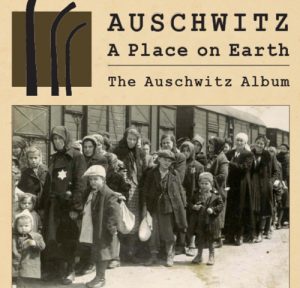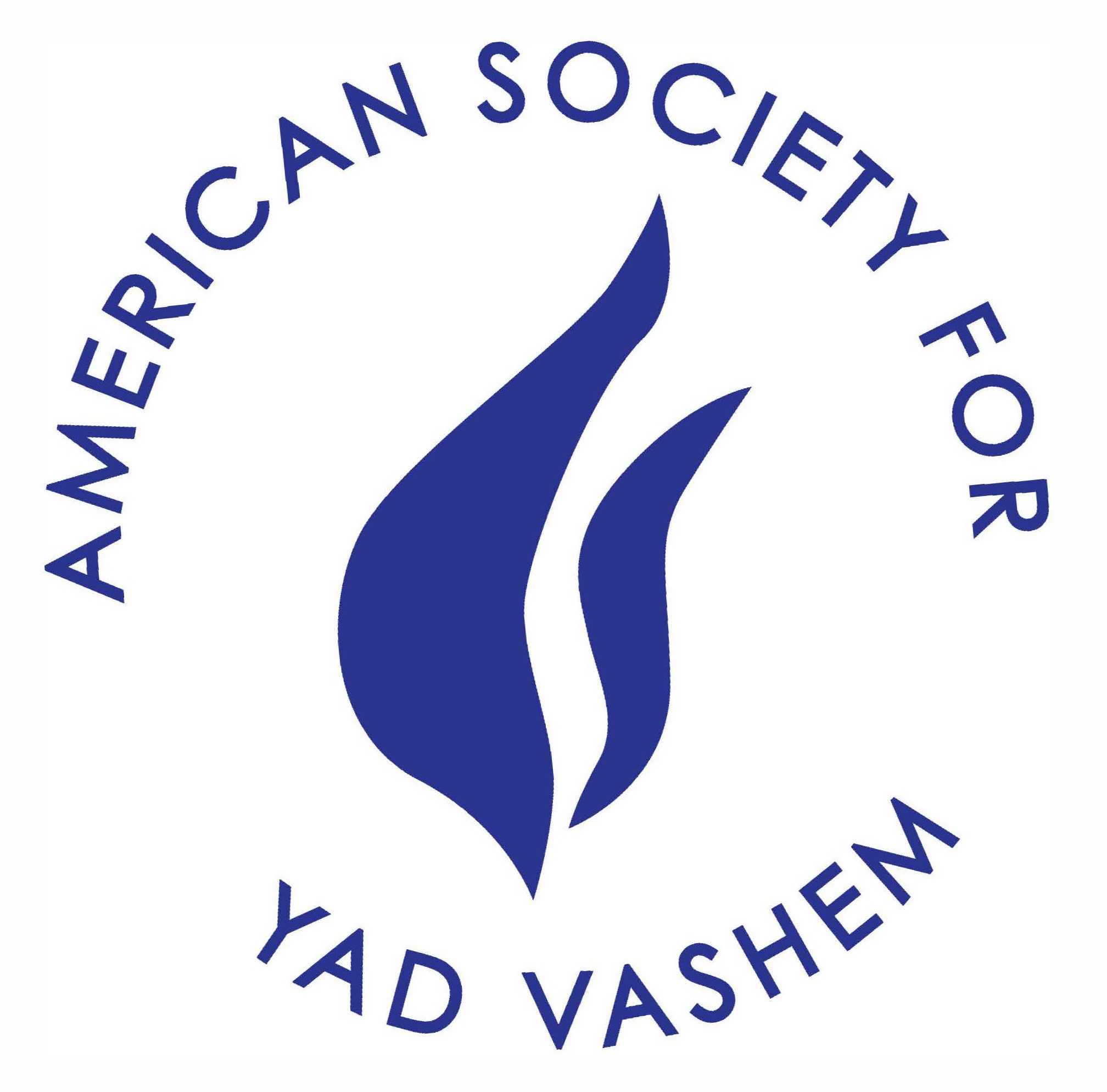
The Auschwitz Album is a photographic record of the Holocaust during the Second World War. The album documents the arrival and processing of an entire transport of Jews from Carpatho-Ruthenia (a region annexed in 1939 to Hungary from Czechoslovakia) at Auschwitz-Birkenau in May 1944. These rare photos provide both moving and painful documentation of the entire process – arrival, selektion, confiscation of property, and preparation for the murder – except for the gassing itself.
The Auschwitz Album is the only surviving visual evidence of the process leading to the mass murder at Auschwitz-Birkenau. The photos were taken at the end of May or beginning of June 1944, either by Ernst Hofmann or by Bernhard Walter, two SS men whose task was to take ID photos and fingerprints of the inmates (not of the Jews who were sent directly to the gas chambers). The purpose of the album is unclear. It was not intended for propaganda purposes, nor does it have any obvious personal use. One assumes that it was prepared as an official reference for a higher authority, as were photo albums from other concentration camps.
The album’s survival is remarkable given the strenuous efforts made by the Nazis to keep the “Final Solution” a secret. Also remarkable is the story of its discovery. Lili Jacob (later Lili Jacob-Zelmanovic Meier) was selected for work at Auschwitz-Birkenau, while the other members of her family were sent to the gas chambers. The Auschwitz camp was evacuated by the Nazis as the Soviet army approached. Lili Jacob passed through various camps, finally arriving at the Dora concentration camp, where she was eventually liberated. Recovering from illness in a vacated barracks of the SS, Jacob found the album in a cupboard beside her bed. Inside, she found pictures of herself, her relatives, and others from her community. The coincidence was astounding, given that the Nordhausen-Dora camp was over 640 km (400 mi) away, and that over 1,100,000 people were killed at Auschwitz.
—
Our Education Department offers traveling exhibits that are recommended for commemoration programs, professional development workshops and classroom instruction. Each exhibit includes a presentation of an introduction to the specific theme of the exhibit, a narrative and explanation, and recommendations how to incorporate this resource into the classroom. Each exhibit is first showcased at the United Nations for annual Holocaust commemoration programs, remained in the US and is on loan through the American Society for Yad Vashem.
For more information contact Marlene W. Yahalom, PhD, Director of Education; education@yadvashemusa.org

